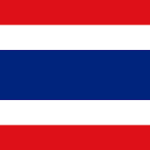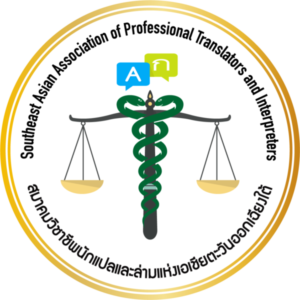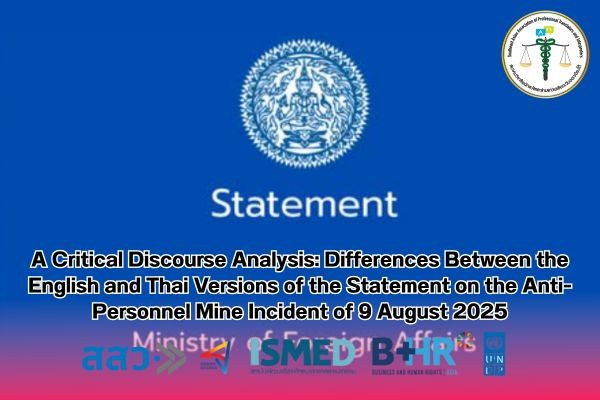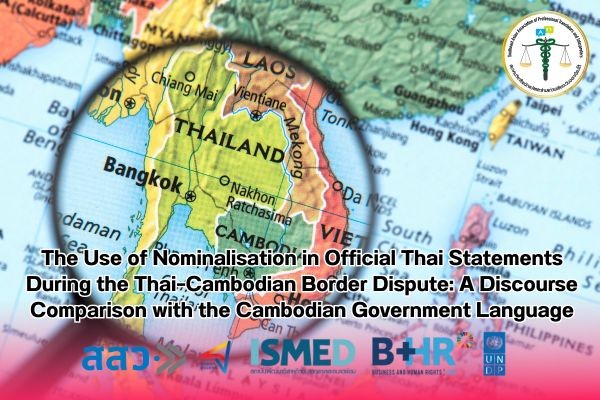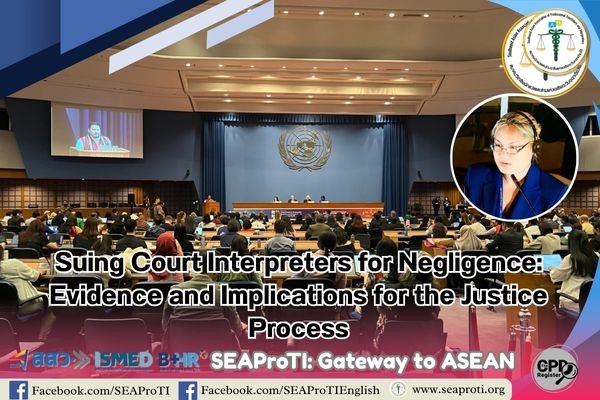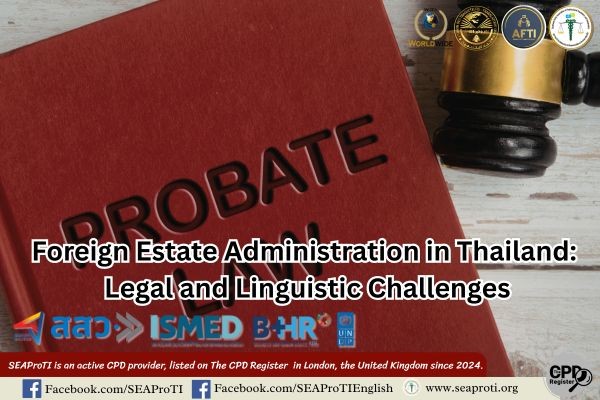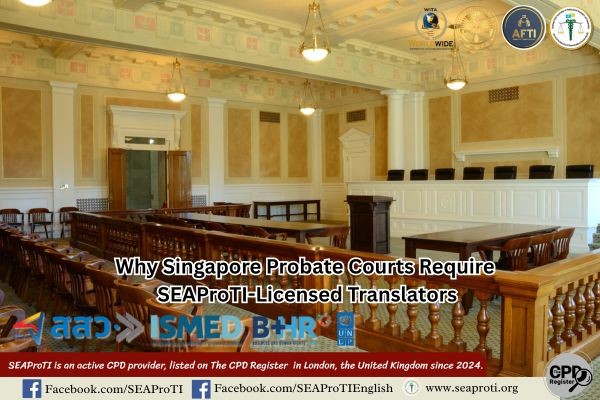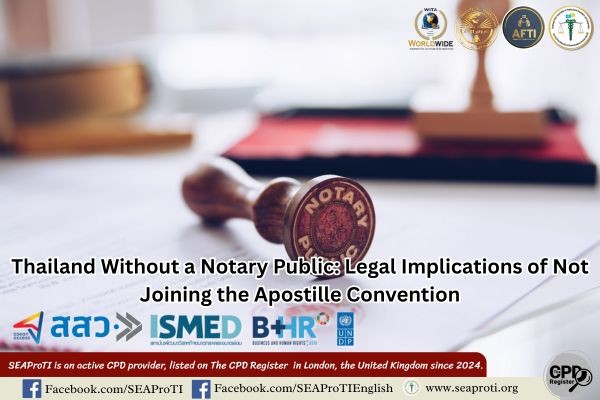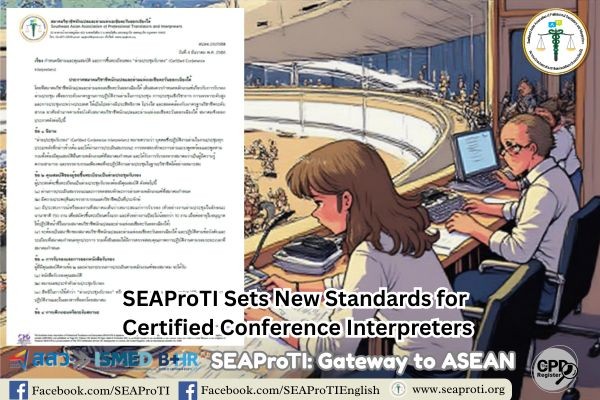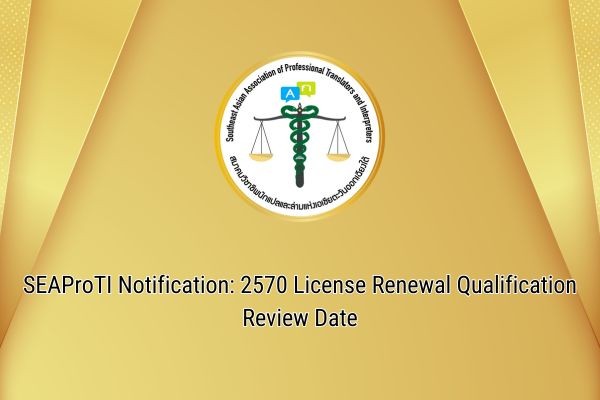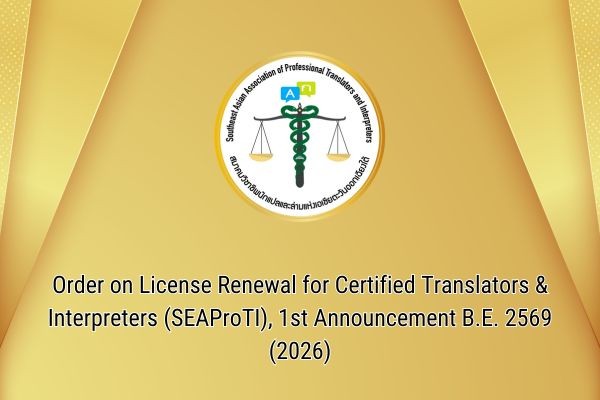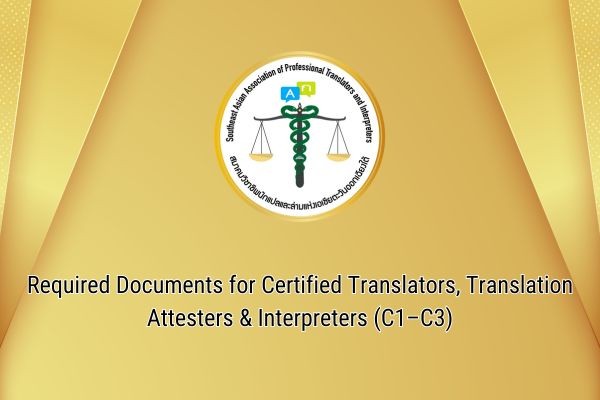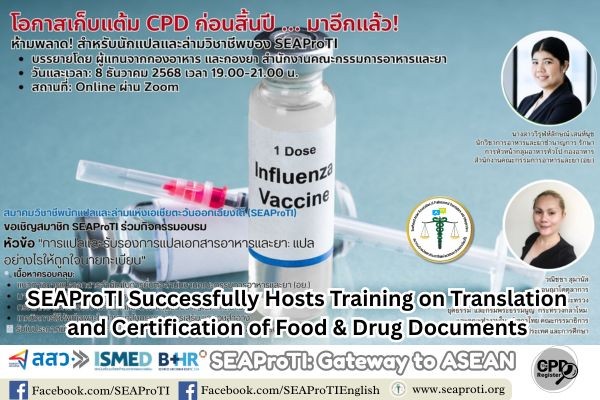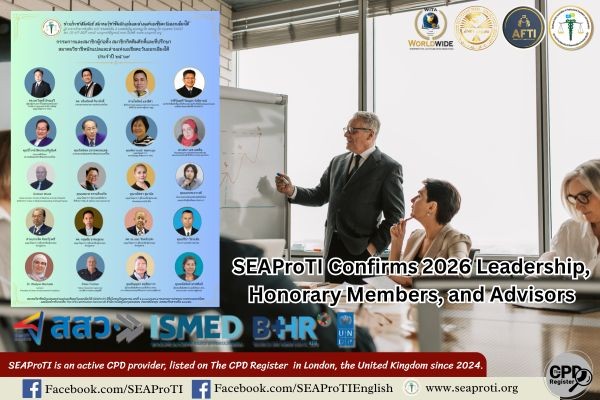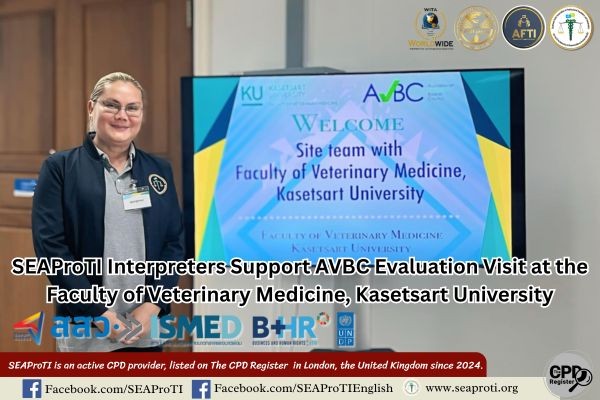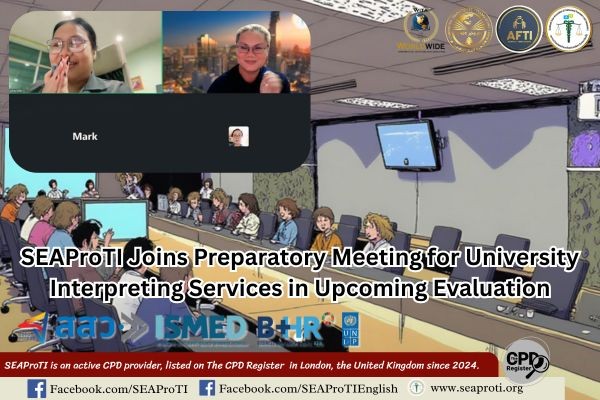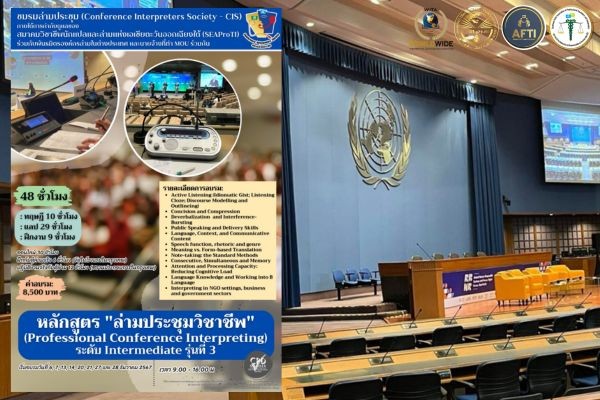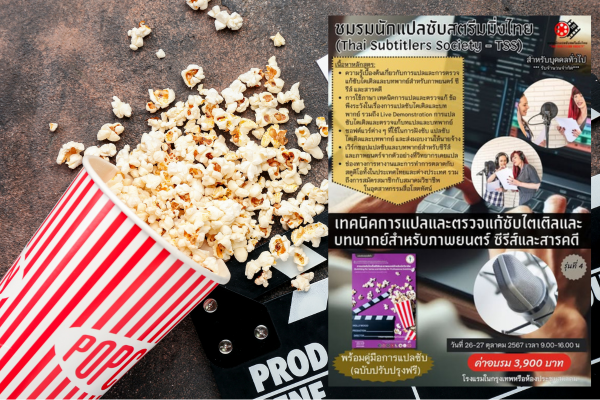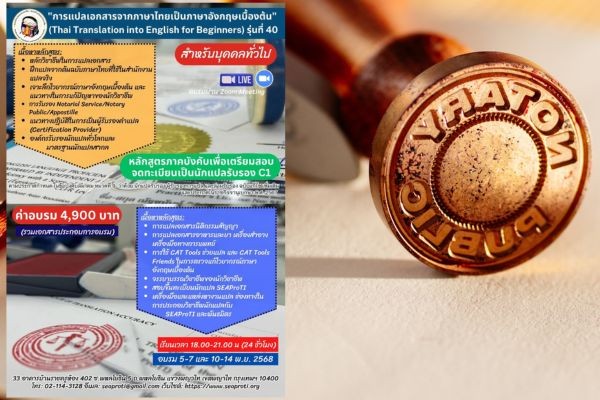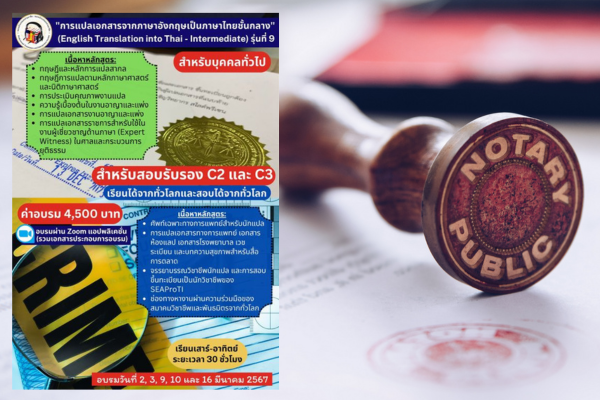A Critical Discourse Analysis: Differences Between the English and Thai Versions of the Statement on the Anti-Personnel Mine Incident of 9 August 2025
Author: Wanitcha Sumanat, President of the Southeast Asian Association of Professional Translators and Interpreters (SEAProTI)
9 August 2025, Bangkok – This article employs the framework of Critical Discourse Analysis (CDA) to examine structural, lexical, and framing differences between the Thai Government’s English- and Thai-language statements concerning the third anti-personnel mine incident within a month, which occurred along the Thai–Cambodian border on 9 August 2025. The analysis finds that the English version adopts a stronger and more direct tone, using lexical choices that portray Cambodia’s actions as a deliberate and repeated violation of international law. In contrast, the Thai version employs an evidential structure with a more procedural tone, foregrounding the collection of evidence and formal steps taken. These differences reflect strategic adaptation to distinct target audiences, both domestic and international.
Introduction
The anti-personnel mine incident along the Thai–Cambodian border on 9 August 2025, in which Thai soldiers were injured, is a matter of significant political and security concern. The Thai Government released its statement in both Thai and English to address different audiences. Critical Discourse Analysis (CDA), as developed by Fairclough (2015), enables an exploration of the linguistic and power relations embedded within the content and structure of these statements.
Theoretical Framework and Methodology
This study adopts the three-dimensional CDA approach proposed by Fairclough (2015) and van Dijk (2008), analysing:
- Textual analysis – examining vocabulary, tone, and sentence structure;
- Discursive practice – examining the production and dissemination of the statements; and
- Social practice – situating the texts within the political and international law context.
The data consists of the Thai Government’s official English- and Thai-language statements dated 9 August 2025, both referring to the same incident.
Findings
Structure and Narrative Order
The English version opens with a time–place–person–event sequence, followed by the conclusion that the incident “confirms once again” the laying of new mines, highlighting recurrence and intentionality. The Thai version begins similarly but foregrounds “evidence,” using the phrase “หลักฐานทุ่นระเบิดที่พบสอดคล้องกับ…” (“the landmine evidence found is consistent with…”), producing a formal evidential tone rather than an immediate accusatory stance.
Lexical Choices and Tone
The English version employs emotionally and politically charged terms such as blatant violation, condemns in the strongest terms, and gross violations, creating a confrontational stance. The Thai version, however, uses legally formal terms such as “ละเมิด…อย่างร้ายแรง” (“serious violation”) and “ประณามอย่างรุนแรงที่สุด” (“condemns in the strongest terms”) but without direct equivalents of blatant or gross, softening the confrontational force.
Legal and Normative References
The English text explicitly states Thailand’s status “as a State Party” to the Anti-Personnel Mine Ban Convention (Ottawa Convention), signalling an intention to invoke legal rights under the treaty. The Thai text omits this phrase but adds procedural details, such as notifying “the Chair of the Convention,” reflecting a focus on diplomatic processes.
Framing and Actor Positioning
The English version frames Cambodia as engaging in repeated violations within a short period (the third such incident within less than a month). The Thai version also mentions “third time” but does not stress recurrence to the same degree, opting for a factual rather than emotive delivery.
Discussion
These differences suggest deliberate adjustments in communication strategy according to the audience. The English version aims to shape international perception by portraying the opposing side as engaging in deliberate and ongoing breaches of international law, while positioning Thailand as a cooperative and law-abiding actor. The Thai version focuses on domestic and institutional audiences, using formal, procedural language that emphasises evidence, process, and diplomatic engagement. The choice of vocabulary and framing plays a decisive role in shaping the interpretation and perceived legitimacy of the message (Chilton, 2004; Wodak & Meyer, 2016).
Conclusion
Although both statements describe the same event, their differences in structure, tone, and framing result in divergent political implications and audience perceptions. Understanding such strategies is crucial for analysing diplomatic discourse and the role of language in shaping a state’s image in international conflict contexts.
References
- Chilton, P. (2004). Analysing political discourse: Theory and practice. Routledge.
- Fairclough, N. (2015). Language and power (3rd ed.). Routledge.
- van Dijk, T. A. (2008). Discourse and power. Palgrave Macmillan.
- Wodak, R., & Meyer, M. (2016). Methods of critical discourse studies (3rd ed.). SAGE.
- Statement on Protest Against the 3rd Incidence of the Use of Anti-Personnel Mines
About SEAProTI Certified Translators, Certification Providers, and Interpreters
The Southeast Asian Association of Professional Translators and Interpreters (SEAProTI) has published official guidelines and eligibility criteria for individuals seeking registration as Certified Translators, Translation Certification Providers, and Certified Interpreters under Chapter 9 and Chapter 10 of the Royal Thai Government Gazette, issued by the Secretariat of the Cabinet, Office of the Prime Minister, on 25 July 2024 (Vol. 141, Part 66 Ng, p. 100). Full text available at: The Royal Thai Government Gazette
การวิเคราะห์เชิงวาทกรรมวิพากษ์:
ความแตกต่างระหว่างแถลงการณ์ภาษาอังกฤษและภาษาไทยกรณีเหตุการณ์การใช้ทุ่นระเบิดสังหารบุคคล
โดย วณิชชา สุมานัส นายกสมาคมวิชาชีพนักแปลและล่ามแห่งเอเชียตะวันออกเฉียงใต้ (SEAProTI)
9 สิงหาคม 2568, กรุงเทพ – บทความนี้ใช้กรอบการวิเคราะห์เชิงวาทกรรมวิพากษ์ (Critical Discourse Analysis – CDA) เพื่อศึกษาความแตกต่างเชิงโครงสร้าง เนื้อหา และการจัดกรอบ (framing) ระหว่างแถลงการณ์ของรัฐบาลไทยที่จัดทำเป็นภาษาอังกฤษและภาษาไทยเกี่ยวกับเหตุการณ์การใช้ทุ่นระเบิดสังหารบุคคลครั้งที่ 3 ในรอบหนึ่งเดือน บริเวณชายแดนไทย–กัมพูชาเมื่อวันที่ 9 สิงหาคม 2568 การวิเคราะห์พบว่าแถลงการณ์ภาษาอังกฤษมีการเน้นน้ำเสียง (tone) และการเลือกถ้อยคำ (lexical choice) ที่แข็งและตรงไปตรงมาในการชี้ว่าฝ่ายกัมพูชามีการละเมิดกฎหมายระหว่างประเทศอย่างต่อเนื่อง ขณะที่แถลงการณ์ภาษาไทยมีโครงสร้างเชิงหลักฐาน (evidential structure) และน้ำเสียงทางการ (procedural tone) มากกว่า การแตกต่างนี้สะท้อนกลยุทธ์การสื่อสารที่ปรับให้เหมาะกับผู้รับสารต่างกลุ่ม ทั้งในและต่างประเทศ
บทนำ
เหตุการณ์การใช้ทุ่นระเบิดสังหารบุคคลในบริเวณชายแดนไทย–กัมพูชาเมื่อวันที่ 9 สิงหาคม 2568 ซึ่งมีทหารไทยได้รับบาดเจ็บ เป็นประเด็นทางการเมืองและความมั่นคงที่สำคัญ แถลงการณ์ของรัฐบาลไทยมีการเผยแพร่ทั้งในภาษาไทยและภาษาอังกฤษ เพื่อสื่อสารกับผู้รับสารต่างกลุ่ม การใช้ การวิเคราะห์เชิงวาทกรรมวิพากษ์ (CDA) ช่วยให้เข้าใจกลยุทธ์ทางภาษาและอำนาจ (Fairclough, 2015) ที่ถูกฝังอยู่ในเนื้อหาและโครงสร้างของถ้อยแถลง
กรอบทฤษฎีและระเบียบวิธี
งานวิจัยนี้อ้างอิงแนวทางของ Fairclough (2015) และ van Dijk (2008) ในการวิเคราะห์สามมิติของวาทกรรม ได้แก่
- มิติภาษาศาสตร์ (textual analysis) – วิเคราะห์คำศัพท์ น้ำเสียง และโครงสร้างประโยค
- มิติการปฏิบัติทางวาทกรรม (discursive practice) – วิเคราะห์การผลิตและการเผยแพร่เนื้อหา
- มิติบริบททางสังคมการเมือง (social practice) – วิเคราะห์ความสัมพันธ์กับบริบทระหว่างประเทศและความสัมพันธ์เชิงอำนาจ
ข้อมูลคือแถลงการณ์ภาษาอังกฤษและภาษาไทยของรัฐบาลไทย ณ วันที่ 9 สิงหาคม 2568 ซึ่งมีเนื้อหาเกี่ยวข้องกับเหตุการณ์เดียวกัน
ผลการวิเคราะห์
โครงสร้างและลำดับการเล่าเรื่อง
แถลงการณ์ภาษาอังกฤษเริ่มด้วยการบรรยายเหตุการณ์ตามลำดับ time–place–person–event จากนั้นสรุปว่า “confirms once again” ว่ามีการวางทุ่นระเบิดใหม่ ซึ่งเน้นการเกิดซ้ำและความจงใจของฝ่ายตรงข้าม ขณะที่ภาษาไทยเริ่มคล้ายกันแต่เพิ่มรายละเอียดเชิง “หลักฐาน” โดยใช้คำว่า “หลักฐานทุ่นระเบิดที่พบสอดคล้องกับ…” ทำให้เกิดน้ำหนักความเป็นรายงานทางการมากกว่าการกล่าวหาเชิงรุก
การเลือกถ้อยคำและน้ำเสียง
ภาษาอังกฤษใช้ถ้อยคำที่มีน้ำหนักทางอารมณ์และการเมืองสูง เช่น blatant violation, condemns in the strongest terms, gross violations ซึ่งสะท้อนท่าทีเผชิญหน้า (confrontational stance) ส่วนภาษาไทยใช้ถ้อยคำเชิงกฎหมายที่ราบเรียบกว่า เช่น “ละเมิด…อย่างร้ายแรง” และ “ประณามอย่างรุนแรงที่สุด” โดยไม่มีคำเทียบตรงกับ blatant หรือ gross
การอ้างอิงกฎหมายและพันธกรณี
ภาษาอังกฤษระบุฐานะของไทย “as a State Party” ภายใต้อนุสัญญาห้ามทุ่นระเบิดสังหารบุคคล (Ottawa Convention) ซึ่งชี้ให้เห็นว่ากำลังใช้สิทธิตามกรอบกฎหมายสากล ในขณะที่ภาษาไทยไม่ระบุประโยคนี้ แต่เพิ่มรายละเอียดทางการทูตเช่น “และประธานอนุสัญญาฯ” สะท้อนการให้ความสำคัญกับขั้นตอนทางการ
การจัดกรอบและการวางตำแหน่งคู่กรณี
ภาษาอังกฤษจัดกรอบ (framing) ให้ฝ่ายกัมพูชาเป็นผู้ละเมิดอย่างต่อเนื่องภายในระยะเวลาสั้น ๆ โดยใช้วลี third such incident within less than a month ขณะที่ภาษาไทยแม้จะกล่าวถึง “ครั้งที่ 3” แต่ไม่เน้นความหมายของการกระทำซ้ำในระดับเดียวกัน
อภิปรายผล
ความแตกต่างเหล่านี้สะท้อนการใช้กลยุทธ์การสื่อสารต่างกันตามกลุ่มเป้าหมาย ภาษาอังกฤษมุ่งสร้างการยอมรับในเวทีระหว่างประเทศและโน้มน้าวให้มองว่าฝ่ายตรงข้ามมีพฤติกรรมละเมิดอย่างต่อเนื่อง ในขณะที่ภาษาไทยมุ่งสื่อสารภายในประเทศและต่อหน่วยงานที่เกี่ยวข้องด้วยน้ำเสียงทางการและเน้นขั้นตอนราชการ การเลือกใช้ถ้อยคำและการจัดกรอบจึงมีบทบาทสำคัญในการกำหนดการรับรู้และท่าทีของผู้รับสาร (Chilton, 2004; Wodak & Meyer, 2016)
สรุป
แถลงการณ์ทั้งสองฉบับแม้จะกล่าวถึงเหตุการณ์เดียวกัน แต่ความแตกต่างด้านโครงสร้าง ถ้อยคำ และกรอบความหมาย ทำให้สารที่ส่งออกไปมีน้ำหนักทางการเมืองและการตีความต่างกัน การเข้าใจกลยุทธ์นี้มีความสำคัญต่อการศึกษา การทูตผ่านภาษา (diplomatic discourse) และการใช้ภาษาเพื่อสร้างภาพลักษณ์ของรัฐในความขัดแย้งระหว่างประเทศ
เอกสารอ้างอิง
- Chilton, P. (2004). Analysing political discourse: Theory and practice. Routledge.
- Fairclough, N. (2015). Language and power (3rd ed.). Routledge.
- van Dijk, T. A. (2008). Discourse and power. Palgrave Macmillan.
- Wodak, R., & Meyer, M. (2016). Methods of critical discourse studies (3rd ed.). SAGE.
- แถลงการณ์ เรื่องการประท้วงต่อเหตุการณ์ครั้งที่ 3 ในการใช้ทุ่นระเบิดสังหารบุคคล
เกี่ยวกับนักแปลรับรอง ผู้รับรองการแปล และล่ามรับรองของสมาคมวิชาชีพนักแปลและล่ามแห่งเอเชียตะวันออกเฉียงใต้
สมาคมวิชาชีพนักแปลและล่ามแห่งเอเชียตะวันออกเฉียงใต้ (SEAProTI) ได้ประกาศหลักเกณฑ์และคุณสมบัติผู้ที่ขึ้นทะเบียนเป็น “นักแปลรับรอง (Certified Translators) และผู้รับรองการแปล (Translation Certification Providers) และล่ามรับรอง (Certified Interpreters)” ของสมาคม หมวดที่ 9 และหมวดที่ 10 ในราชกิจจานุเบกษา ของสำนักเลขาธิการคณะรัฐมนตรี ในสำนักนายกรัฐมนตรี แห่งราชอาณาจักรไทย ลงวันที่ 25 ก.ค. 2567 เล่มที่ 141 ตอนที่ 66 ง หน้า 100 อ่านฉบับเต็มได้ที่: นักแปลรับรอง ผู้รับรองการแปล และล่ามรับรอง
